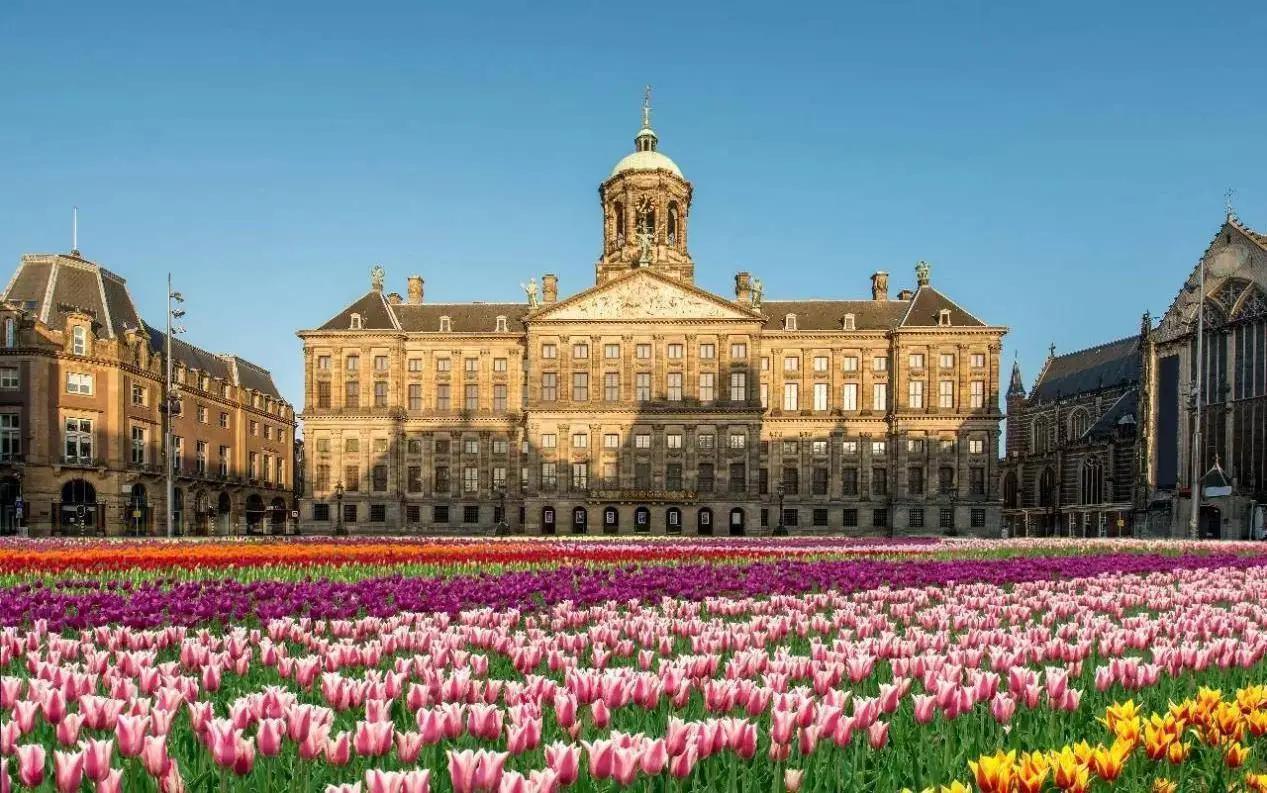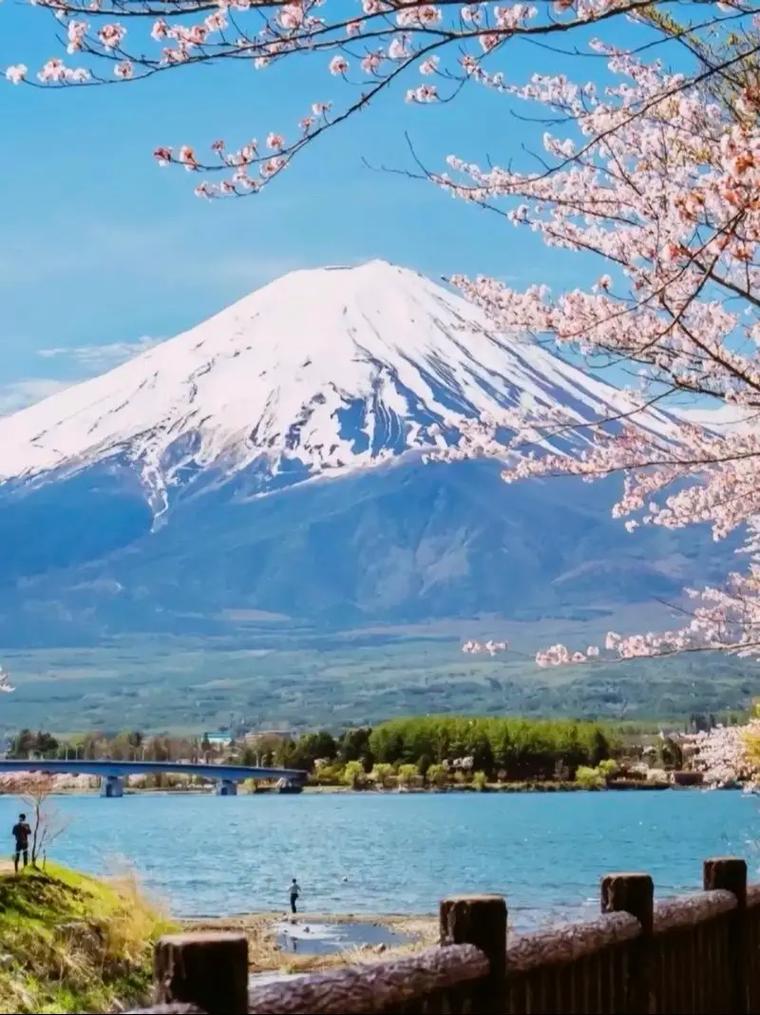Global Travel Information
Sahara Desert, Morocco
The Sahara Desert: Morocco’s Gateway to the Infinite Sands
The Sahara Desert, stretching across North Africa, is the largest hot desert in the world, a vast and mesmerizing expanse of golden dunes, rocky plateaus, and ancient oases. While the Sahara spans multiple countries, Morocco offers one of the most accessible and enchanting gateways to this otherworldly landscape. From the bustling markets of Marrakech to the silent, star-filled nights of the Merzouga dunes, Morocco’s Sahara is a place where time seems to stand still, and adventure awaits at every turn.
The Moroccan Sahara: A Land of Contrasts
Unlike the stereotypical image of endless sand dunes, the Moroccan Sahara is a land of striking contrasts. The desert’s northern fringes are marked by the rugged peaks of the Atlas Mountains, which gradually give way to rocky hamadas (stone deserts) before transitioning into the iconic ergs—shifting seas of sand sculpted by the wind. The most famous of these is Erg Chebbi, near the village of Merzouga, where dunes rise like waves, some reaching heights of over 150 meters.
To the west lies another breathtaking erg, Erg Chigaga, a more remote and untouched region near M’Hamid. Here, the silence is profound, broken only by the whisper of the wind or the occasional call of a desert fox. Between these towering dunes lie hidden oases, where date palms flourish, and nomadic Berber tribes have thrived for centuries.

The Berbers: Guardians of the Desert
The indigenous Berber people, or Amazigh, have called the Sahara home for thousands of years. Their deep connection to the land is evident in their traditions, music, and way of life. Many Berber families still live as semi-nomads, moving between grazing lands and oases with their herds of goats and camels.
A visit to a Berber village offers a glimpse into this resilient culture. Guests are welcomed with mint tea, a symbol of hospitality, and invited to share in meals of tagine and freshly baked bread. In the evenings, around a crackling fire, Berber musicians play haunting melodies on the lute-like guembri, their songs telling stories of love, loss, and the vastness of the desert.
The Magic of a Sahara Night
One of the most unforgettable experiences in the Moroccan Sahara is spending a night under the stars. As the sun sets, the dunes glow in hues of amber and crimson, casting long shadows across the sand. Desert camps, ranging from simple nomadic tents to luxurious glamping sites, offer a chance to immerse oneself in the tranquility of the Sahara.
After a dinner of slow-cooked lamb and couscous, the true spectacle begins. With no light pollution to obscure the view, the night sky reveals itself in all its glory—countless stars, the Milky Way stretching like a celestial river, and shooting stars streaking across the darkness. For many travelers, this moment is transformative, a humbling reminder of nature’s grandeur.
Adventures in the Dunes
The Sahara is not just a place for contemplation—it’s also a playground for adventure seekers. Camel treks are the most traditional way to explore the dunes, with caravans moving in a slow, rhythmic procession across the sands. For those seeking more speed, quad biking and sandboarding offer exhilarating alternatives.
Another unforgettable experience is a 4x4 excursion into the deeper desert, where hidden treasures await. The abandoned kohl mines near Merzouga, once a source of the black powder used in traditional cosmetics, now stand as eerie relics. Nearby, the oasis of Tissardmin provides a lush contrast to the surrounding aridity, its palm groves sheltering flocks of migratory birds.
The Legendary Draa Valley
While the dunes of Erg Chebbi and Erg Chigaga steal much of the spotlight, the Draa Valley is another jewel of Morocco’s Sahara. This fertile corridor, stretching from Ouarzazate to M’Hamid, is lined with ancient kasbahs (fortified villages) and sprawling date plantations. The Draa River, though often reduced to a trickle, sustains life in this otherwise harsh environment.
The valley’s ksars (fortified settlements) are architectural marvels, built from rammed earth and adorned with intricate geometric designs. Many, like the UNESCO-listed Ait Ben Haddou, have served as backdrops for Hollywood films, including Gladiator and Lawrence of Arabia.
The Call of the Desert
The Sahara has long captivated explorers, writers, and dreamers. For the French mystic Charles de Foucauld, it was a place of spiritual solitude. For British adventurer Wilfred Thesiger, it represented the ultimate test of endurance. Today, travelers continue to be drawn to its stark beauty and profound silence.
Yet the Sahara is not without its challenges. Climate change and over-tourism threaten its fragile ecosystems, while the traditional lifestyles of the Berber people are increasingly under pressure. Responsible travel—supporting local guides, respecting cultural customs, and minimizing environmental impact—is crucial to preserving this extraordinary landscape.
Conclusion: A Journey Like No Other
To visit the Moroccan Sahara is to step into a world that feels both timeless and ever-changing. It is a place where the horizon stretches endlessly, where the wind reshapes the dunes with each passing hour, and where the night sky tells stories older than civilization itself. Whether riding a camel into the sunrise, sharing tea with a Berber family, or simply sitting in quiet awe beneath the stars, the Sahara leaves an indelible mark on the soul.
For those who answer its call, the desert offers not just a journey across sand, but a journey within.
相关文章
- Elbe River Film Locations: Movies Shot Along the River
- Elbe River Historical Markers: Learn About Local History
- Elbe River Archaeological Sites: Ancient Finds Near the Water
- Elbe River Botanical Gardens: Flowers & Plants Along the Banks
- Elbe River Zoos & Aquariums: Family Fun Near the River
- Elbe River Amusement Parks: Rides with River Views
- Elbe River Camping Spots: Pitch a Tent by the Water
- Elbe River Glamping Sites: Luxury Camping Along the Banks
- Elbe River RV Parks: Stay in Your Camper Near the River
- Elbe River B&Bs: Cozy Accommodations with a Personal Touch
发表评论
评论列表
- 这篇文章还没有收到评论,赶紧来抢沙发吧~


